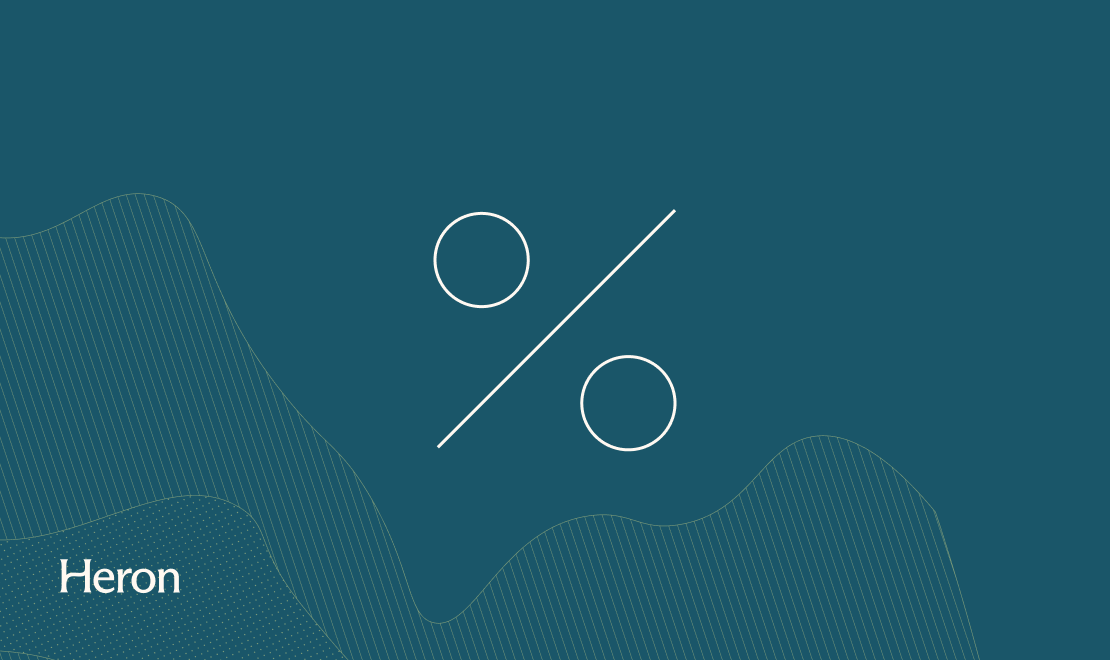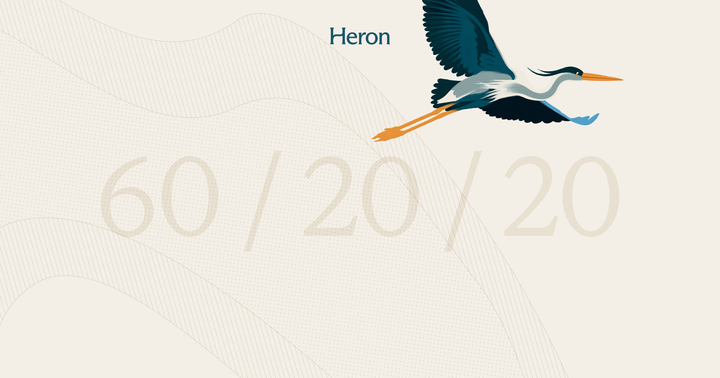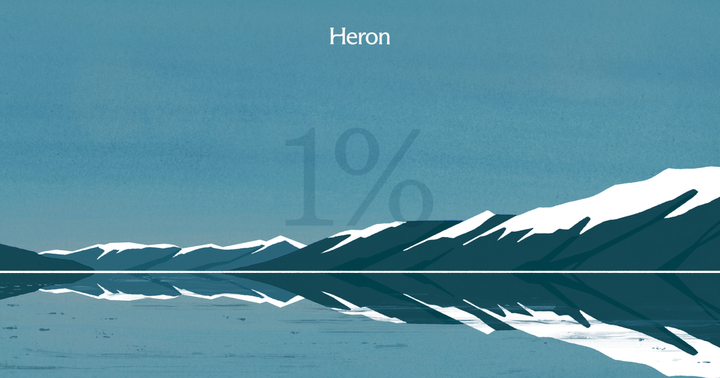Big Insurance is Investing in Private Credit
Insurance is one of the largest industries on earth. And insurance companies are making long term investments into the private credit sector, which bodes well for the industry as a whole.

Blue Whales may not be the most exciting animals in the ocean, but when it comes to making waves–nobody does it better.
The same can be said of Big Insurance. Few industries are as ‘un-sexy’ as insurance, but when the industry makes waves in the market, the rest of the investment world takes notice.
A recent Goldman Sachs Asset Management (GSAM) report highlights a burgeoning trend within the insurance sector–a growing interest in private credit.
‘The Ship Has Turned’
According to the GSAM report, over half of industry executives (53%) ranked private credit among the top five asset classes with highest expected return in 2024. The report also found that 62% of insurance industries currently invest in private credit, and 33% plan to increase their allocations over the coming 12 months.
“This is the first time we’ve seen a fixed income asset as the highest expected return asset class in our survey,” explained Matthew Armas, global head of Insurance at GSAM.
Return expectations for private credit are even outpacing those of private equity. This is largely because short term interest rates remain high, and private credit’s consistent double-digit yields offer an attractive credit spread. Plus, should interest rates fall, that implies good news for the overall economy, which means the borrowers of private credit loans would likely get an economic boost (hence the loans themselves would appreciate in value, should investors look to offload them in the secondary market).
In other words, private credit helps investors capture near-term yield, while also hedging their investments on the prospect of asset appreciation should interest rates fall.
A Match Made in Interest Rate Heaven
Interestingly, one of the major concerns for insurance companies is declining interest rates (you read that right–insurance executives are concerned rates might fall). Why? Because insurance companies write policies and take in premiums as revenue. They then turn around and invest those premiums, and use the returns on investment to pay out claims to policyholders.
Their return on investment typically comes in the form of interest (since insurance companies mostly invest in fixed income products), so the higher interest rates are, the greater their return on investment. Hence the more money they have to pay out to claim holders.
In that sense, higher interest rates are better for the insurance industry than lower interest rates. As the benchmark interest rate increases, so too do the interest rates for most private credit investments, as private credit loans are typically floating rate (meaning they rise and fall in tandem with the benchmark interest rate).
Ripple Effects
This shift into private credit by the insurance industry is significant for a variety of reasons. First and foremost, the global insurance industry manages $36 trillion in assets, making the sector one of the two largest asset holders worldwide (pension plans are the other).
Secondly, insurers typically invest on extremely long term time horizons. For example, as far back as 10 years ago, they were reducing their exposure to commercial real estate (a trend which has been accelerating post-pandemic).
That enormous stockpile of cash coupled with a decades-long investment horizon implies a consistent outflow of funds from insurance companies into the private credit sector for many years to come.
This brings us all the way back to our Goldman Sachs analysis, which found that insurance companies are willing to take on the duration risk that comes with private credit investments, as they seek to capture short-term yield. A finding akin to the realization that a pod of Blue Whales is moving in a certain direction–expect ripple effects for many years to come.




